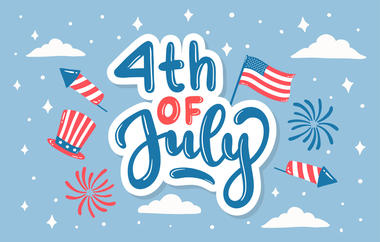
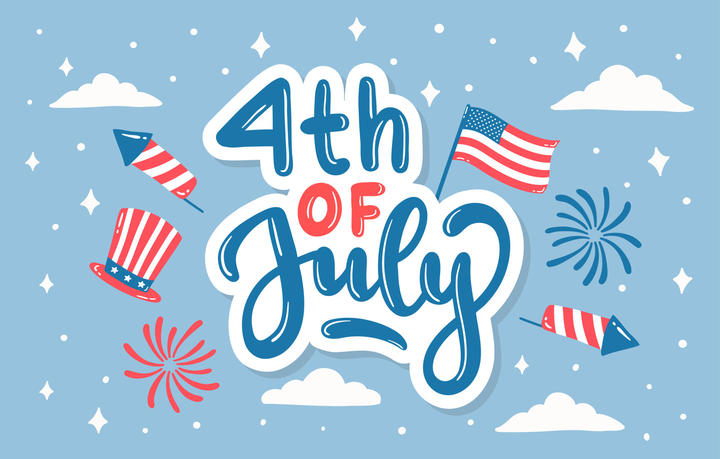

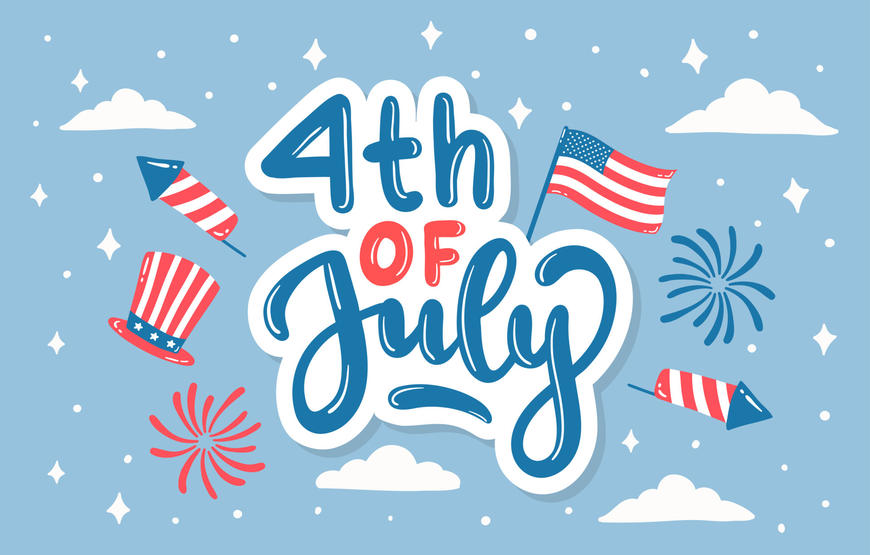
The 4th of July, also known as Independence Day, is a significant American holiday celebrated with patriotic fervor and grand festivities. On this day, the nation commemorates its declaration of independence from British rule, an event that shaped the course of American history. This journalist article delves into the origins of the 4th of July, exploring its evolution from its inception to its contemporary celebrations, highlighting cherished traditions that continue to unite the diverse fabric of the United States.
Section 1: Origins of Independence Day
1.1 Prelude to Independence:
Discuss the mounting tensions between the American colonies and British authorities.
Explore pivotal events like the Stamp Act, Boston Tea Party, and the Intolerable Acts that fueled the desire for independence.
1.2 The Declaration of Independence:
Examine the drafting and adoption of the Declaration of Independence on July 4, 1776.
Highlight the contributions of founding fathers like Thomas Jefferson, John Adams, and Benjamin Franklin.
1.3 Celebrating the First Independence Day:
Narrate the first public celebrations of Independence Day in 1777, including parades and fireworks displays.
Explore how early traditions laid the foundation for the holiday's future.
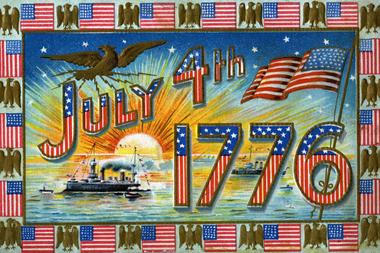
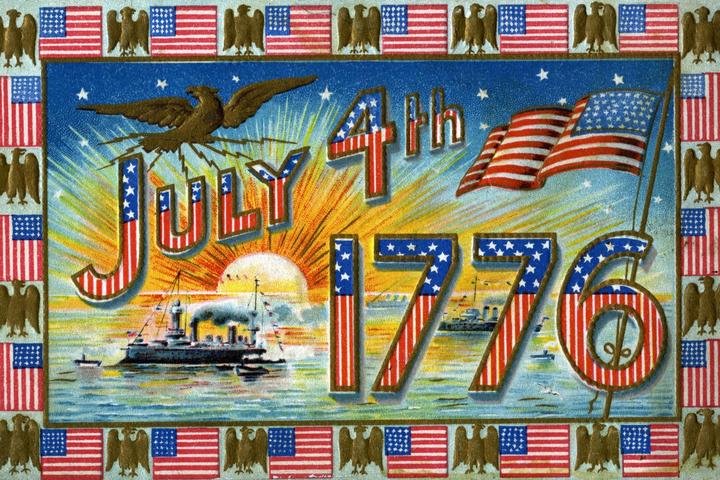
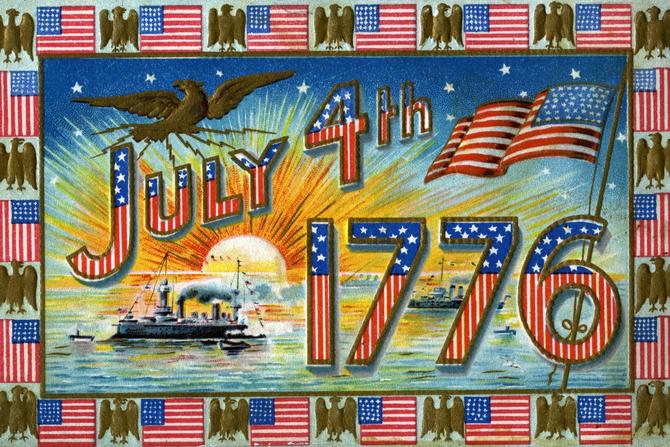
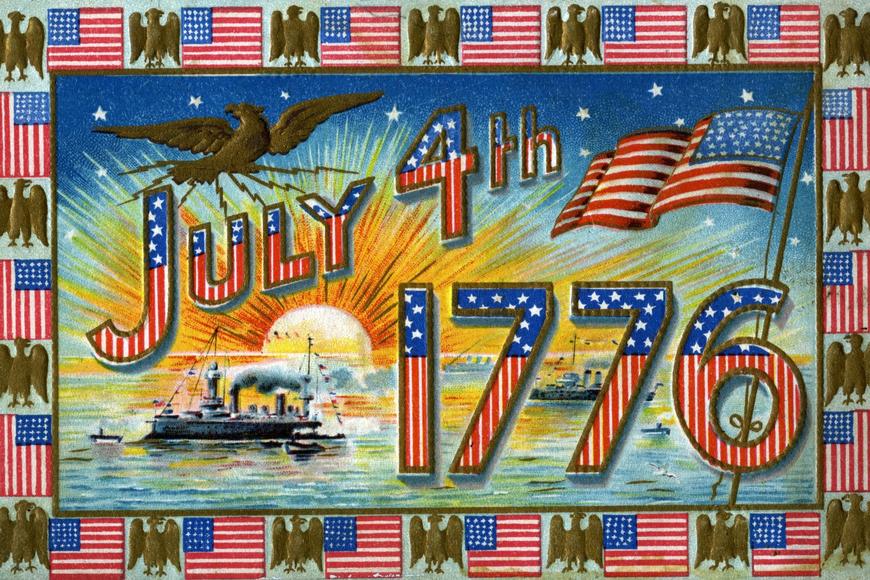
Section 2: The Evolution of 4th of July Celebrations (600 words)
2.1 19th-Century Celebrations:
Analyze how the 4th of July became a unifying force during the early years of the United States.
Discuss the role of political speeches, picnics, and community gatherings in fostering national identity.
2.2 Civil War and Reconstruction:
Examine how the Civil War impacted Independence Day celebrations.
Highlight the importance of reconciliation efforts during the Reconstruction era.
2.3 The Rise of Fireworks:
Discuss the emergence of fireworks as an integral part of Independence Day celebrations.
Explore the significance of fireworks displays in fostering a sense of unity and pride.
2.4 Cultural Influences:
Investigate how immigrants contributed to the diverse celebrations of the 4th of July.
Discuss how different communities infused their cultural heritage into the holiday.
Section 3: Modern Traditions and Customs (500 words)
3.1 Patriotic Symbols and Decorations:
Discuss the use of the American flag, red, white, and blue decorations during Independence Day.
Explore the symbolism of these patriotic elements in contemporary celebrations.
3.2 Barbecues and Picnics:
Analyze the tradition of barbecues and picnics on the 4th of July.
Highlight the role of these gatherings in fostering community spirit and family bonds.
3.3 Parades and Festivities:
Explore the significance of parades in local and national Independence Day celebrations.
Highlight notable parades across the country, such as the Macy's July 4th Parade.
3.4 Fireworks Spectaculars:
Discuss the grandeur of fireworks displays on the 4th of July.
Explore iconic fireworks shows like the "Macy's 4th of July Fireworks" and the "National Mall Fireworks."
Section 4: Reflecting on Independence Day (350 words)
4.1 The Meaning of Freedom:
Encourage readers to reflect on the meaning of freedom and liberty on Independence Day.
Discuss the importance of preserving and promoting democratic values.
4.2 Embracing Unity and Diversity:
Emphasize the significance of the 4th of July in bringing together people from diverse backgrounds.
Highlight the importance of inclusivity and understanding in today's celebrations.
Conclusion (100 words):
The 4th of July stands as a testament to the enduring spirit of the United States, representing the nation's struggles and triumphs throughout history. As Americans come together to celebrate this cherished holiday, they commemorate their shared values of freedom, liberty, and unity. As the stars and stripes unfurl and fireworks light up the skies, the 4th of July remains a symbol of hope and pride, fostering a sense of belonging and patriotism in the hearts of all who call America home.